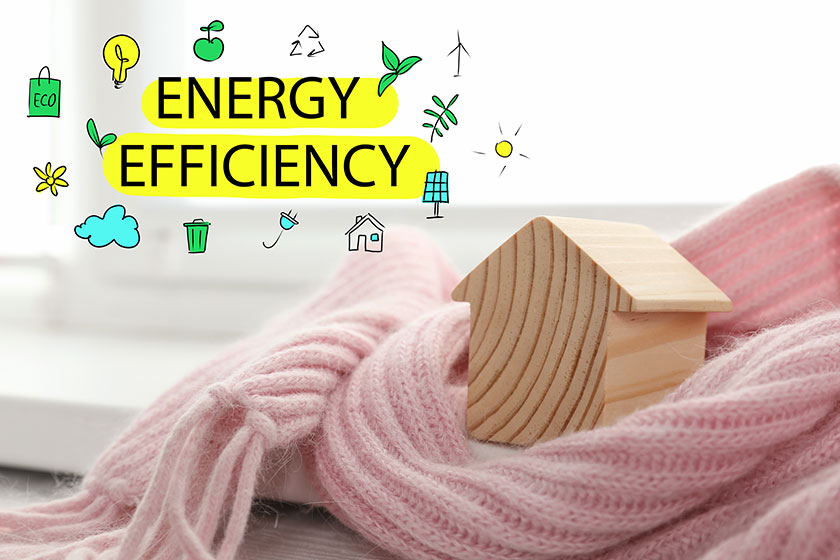Moving to a retirement home in Whitehall, OH, is a significant decision, and various factors contribute to making the right choice. While comfort, care, and community are the most common considerations, the aspect of energy efficiency is gaining prominence in recent years. Energy efficiency in a retirement home matters for several reasons, from financial savings to environmental responsibility, and significantly contributes to a better living environment for older adults.
Energy Efficiency for Cost-Effective Living
Energy efficiency implies using less energy to perform the same task, thus reducing energy waste and lowering utility bills. For older adults living on a fixed income, this can translate to substantial savings in the long run. Retirement homes that incorporate energy-efficient measures such as energy-efficient appliances, LED lighting, and well-insulated windows and doors, significantly reduce the amount of energy consumed.
Lower energy consumption leads to reduced utility bills, which can ease the financial burden on older adults and their families. Therefore, considering energy efficiency when selecting a retirement home can contribute to more cost-effective living.
A Step Towards Environmental Responsibility
By minimizing energy use, energy-efficient retirement homes not only lower energy costs but also reduce their environmental impact. Energy production often involves burning fossil fuels, which contributes to greenhouse gas emissions and climate change. Hence, when a retirement home is energy-efficient, it consumes less energy, reducing its carbon footprint and contributing to environmental conservation.
Elderly residents can take pride in knowing that by living in an energy-efficient retirement house, they are playing a part in preserving the environment for future generations. This aspect can add an additional layer of satisfaction and purpose to their retirement living.
Enhancing Comfort and Quality of Living
Energy efficiency can also translate to an improved living environment. For instance, energy-efficient buildings typically have better insulation, which can keep the interiors cooler during summer and warmer during winter. This enhanced temperature control contributes to a more comfortable living space for older adults.
Similarly, energy-efficient lighting, such as LEDs, not only consumes less energy but also lasts longer than traditional bulbs. It provides better quality light which is essential for older adults as good lighting can prevent falls and other accidents.
Promoting a Culture of Sustainability
Energy-efficient practices in retirement homes also foster a culture of sustainability among residents and community team members. It encourages everyone in the community to be more mindful of their energy use and promotes habits that reduce waste and conserve resources.
This culture of sustainability can extend beyond energy use to other aspects such as water conservation, recycling, and waste reduction. Therefore, an energy-efficient retirement home can provide older adults with an opportunity to engage in sustainable practices and contribute to a more sustainable future.
Energy efficiency in a retirement home in Whitehall, OH, offers multiple benefits that extend beyond cost savings. It contributes to environmental conservation, enhances comfort and quality of living, and promotes a culture of sustainability. As the world increasingly recognizes the importance of sustainable living, choosing an energy-efficient retirement home is a decision that aligns with this global trend. Therefore, when considering options for retirement living, remember to take into account the energy efficiency of the home – it’s a choice that makes a difference.







